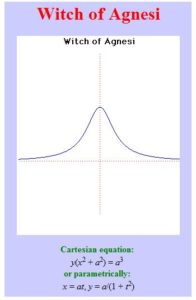 I love spending time with my niece and nephew. They are inquisitive, thoughtful, energetic, fun, and always up for anything. As math is often on my mind, mathematical ideas often come up when we’re together. I love exploring math with them: we talk about numbers, ponder questions, play with shapes, estimate things. They usually enjoy it, and if they don’t, they don’t mind telling me so. Just like the rest of my students.
I love spending time with my niece and nephew. They are inquisitive, thoughtful, energetic, fun, and always up for anything. As math is often on my mind, mathematical ideas often come up when we’re together. I love exploring math with them: we talk about numbers, ponder questions, play with shapes, estimate things. They usually enjoy it, and if they don’t, they don’t mind telling me so. Just like the rest of my students.
The last time I was in the neighborhood, I stopped by to see if they were around. They weren’t home, but a I saw a piece of chalk lying on the ground. I scribbled a quick note in the driveway letting them know I’d been by. Before I knew it, a little triangle had appeared under my message.

When I came back later, there were many questions to answer about the mysterious diagram (it’s not the first time such triangles have appeared unexpectedly). I told them a chilling tale about Waclaw Sierpinski, and then showed them how to make their own Sierpinski Triangle: draw any triangle; find the midpoints of the sides; connect; repeat! Soon, we were drawing triangles all over the neighborhood.

An unprompted pentagon even appeared!

After lots of drawing, lots of questions, and a triangle scavenger hunt, it was time to go. Another fun afternoon spent with my niece and nephew, and I left impressed, as I usually do. And hopeful, too, that maybe one day my niece will actually admit that she likes math!
 This is a nice resource: a Famous Curves Index, provided by the School of Math and Statistics at the University of St. Andrews, Scotland.
This is a nice resource: a Famous Curves Index, provided by the School of Math and Statistics at the University of St. Andrews, Scotland.




